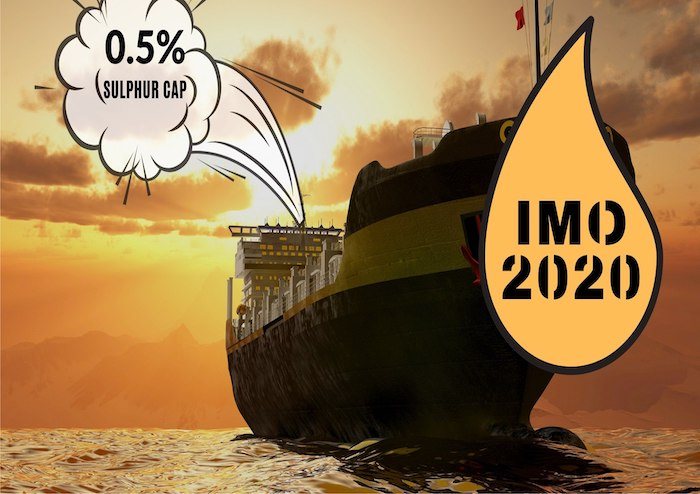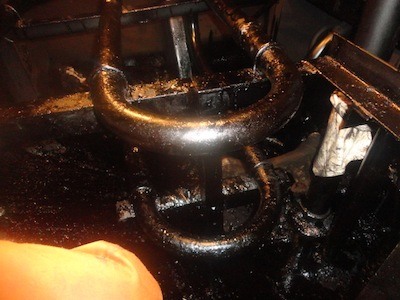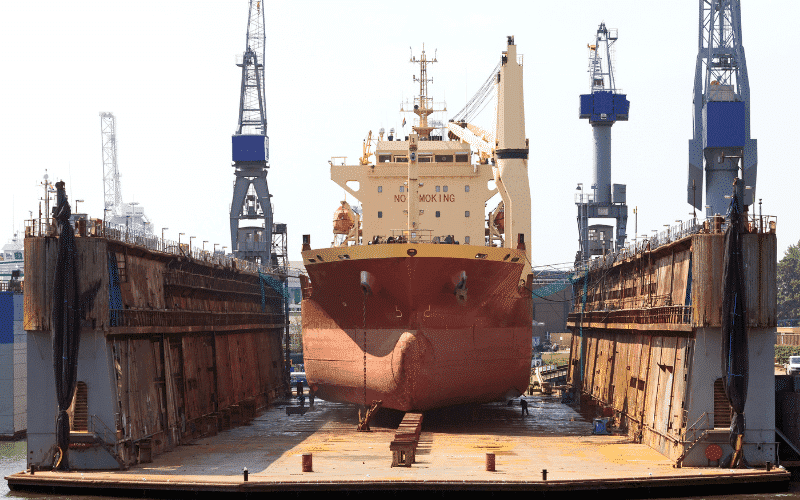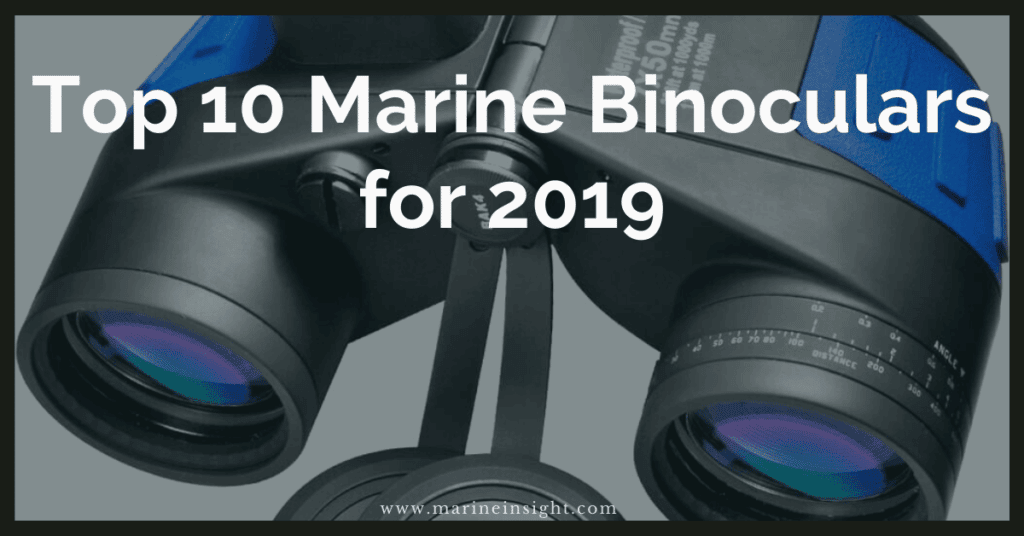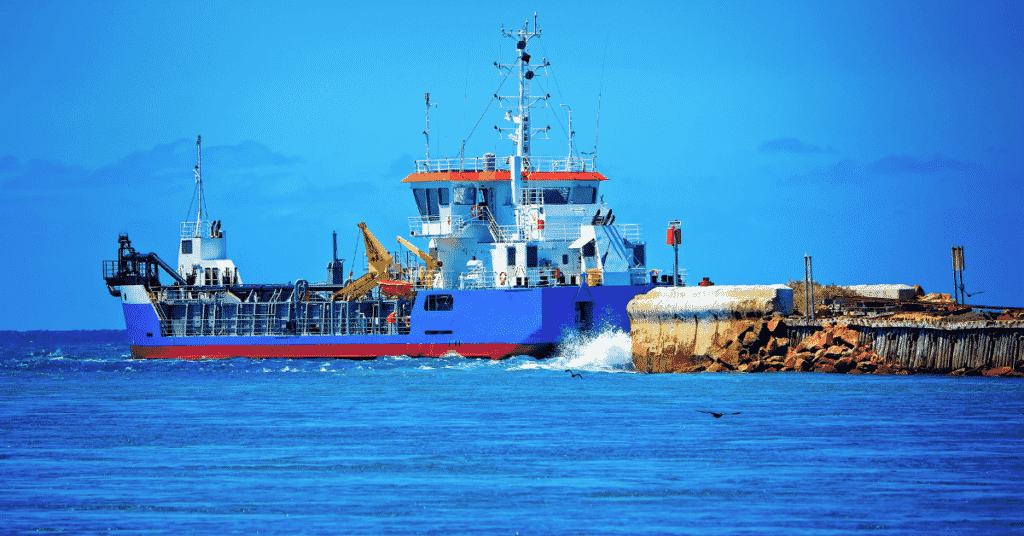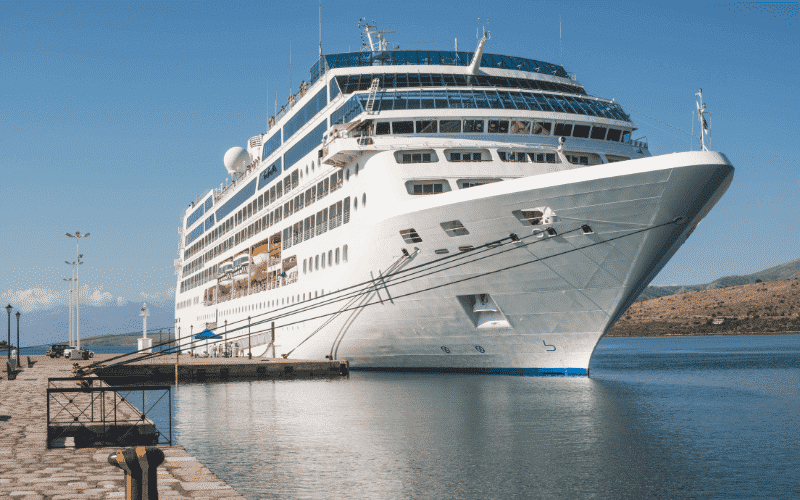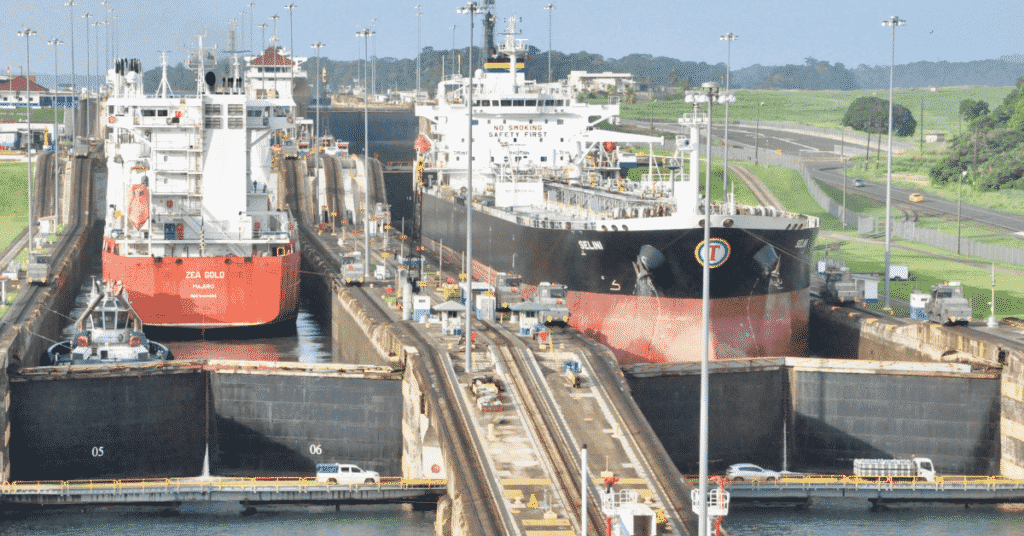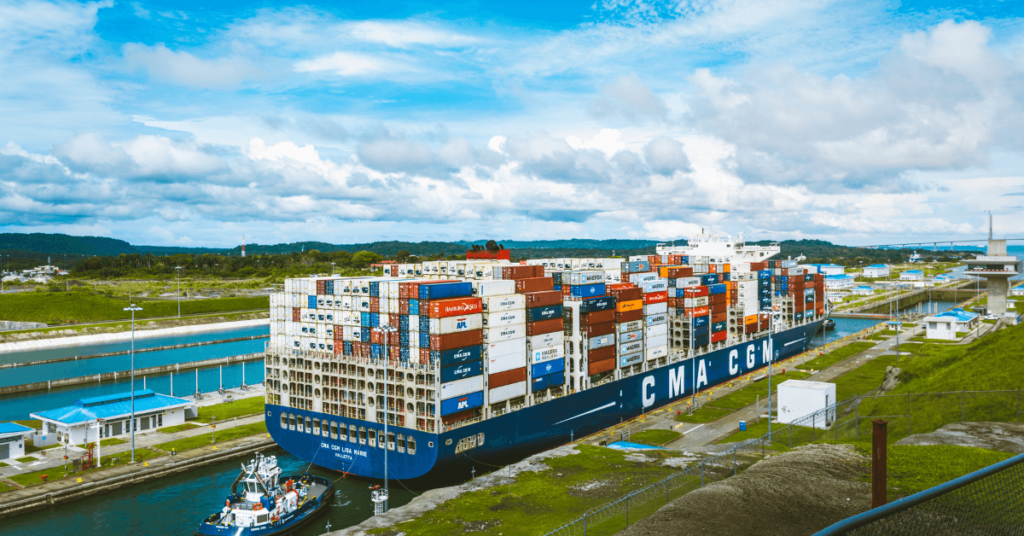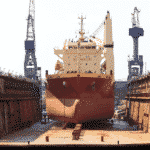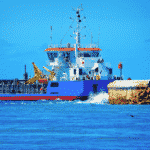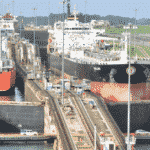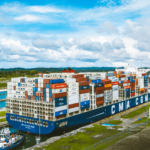2020 Sulphur Compliance: Vessel Preparation And Implementation Guidelines
As we are aware of the new regulation that 0.5% sulphur fuel compliance will be applicable from 1st of Jan 2020 and implementation will start from 1st January 2020 across all ships.
It is expected that the initial phase may create a lot of challenges due to low viscosity.
In this article, we have tried to provide a guide for implementation of 0.5% sulphur compliance on vessels.
The main aim of this article is to help vessels in preparing for compliant, risk mitigated switch over from HSFO to VLSFO fuels when the enforcement comes into effect 01. Jan 2020.
Fuel Tank Preparation
It is expected that vessels will switch all HSFO tanks to VLSFO fuel tanks and keep MGO and ULSFO systems as it exists on-board now. The vessel is expected to strip each bunker tank containing HSFO to empty prior to loading any VLSFO in the tanks.
Related Read: Procedure for Bunkering Operation on a Ship
Each vessel shall make an HSFO tank stripping plan agreed between the deck and engine department, which may include the internal transfer of fuel from one HSFO tank to another with same or compatible products in any mixing ratios. Stripping or transfer of HSFO to another tank containing VLSFO is not allowed to avoid contamination.
The vessel shall strip each HSFO tank after sufficiently heating, at required trim and list, with the transfer pump in manual operation to completely empty the tank till the transfer pump loses suction.
It is to be noted that the suction line should also be stripped after the tank is confirmed empty (with a manual sounding for each tank) and the suction valve for the tank is closed. Wherever possible the last in-use HSFO tank before complete empty of HSFO shall be a wing tank rather than a DB tank to allow for an effective emptying of all HSFO on-board.
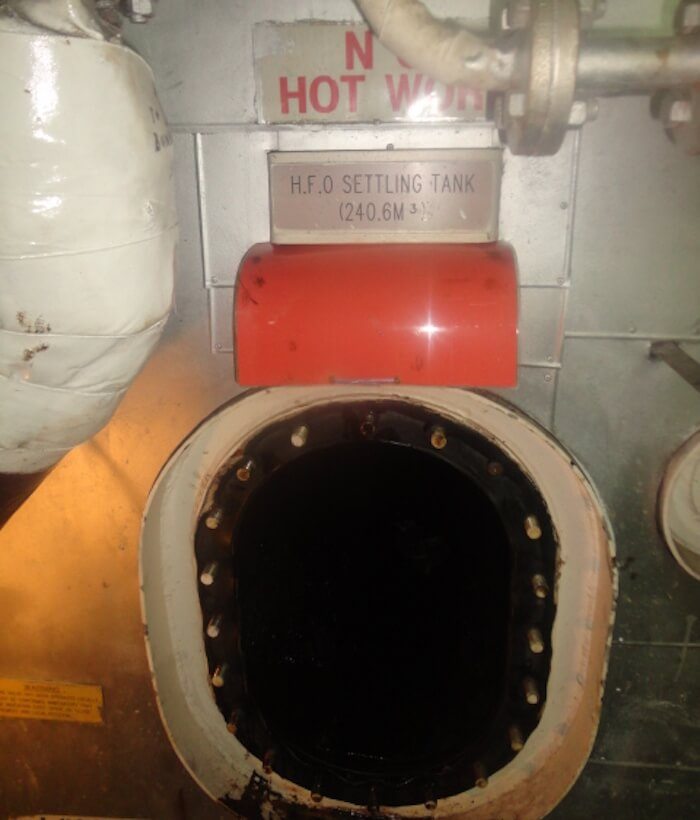
The FO overflow tank to be stripped and transferred to the settling tank or designated bunker tank in a similar process as described previously.
Other designated fuel oil tanks must all be checked and stripped as required even though last recorded quantity in the tank may be low or unknown.
The sludge/drain tank contents to be emptied and stored separately to be landed.
Related Read: Procedure for Cleaning Fuel Oil Tanks on a Ship
Fuel and Steam System Preparations
No major modifications are expected to prepare the fuel bunker/ transfer/purification and service system for a change over from HSFO to VLSFO. After 01. Jan 2020 the HSFO bunker line would be the designated VLSFO bunker line.
If the first bunker of VLSFO is together with HSFO, as a rule, VLSFO shall be bunkered after HSFO.
As far as possible, the bunker line shall be blown through with air and drained prior to starting VLSFO to minimize contamination. If blow through and draining is not possible a small quantity (2-3m3) of VLSFO should be used to flush the bunker line and added to an HSFO tank before changing over to an empty and prepared VLSFO tank.
Related Read: Marine Heavy Fuel Oil (HFO) For Ships – Properties, Challenges and Treatment Methods
Due to the possibility of low viscosity fuels being supplied for long term use, the bunker tank heating and fuel line trace heating systems shall be checked for isolation/ shut off on the steam and condensate side. Drains and steam traps shall be confirmed operational to avoid water hammering.
Bunker tank remote sounding/ capacity gauges, temp. controllers and temp indicators must be functional for all tanks prior to VLSFO bunkering.
Related Read: Sounding and Different Methods of Taking Sounding on a Ship
Blanking plates shall be prepared for all bunker tanks. They shall be used to isolate the steam heating coils for the tanks where the vessel is loading distillates/ low viscosity fuels where heating is not required.
Purifiers shall be correctly set up and operated according to the density/ viscosity of the fuels. It may become necessary to run HFO purifiers with distillate products and the equipment.
The user manual shall always be consulted to establish the correct running settings and procedures.
Pump glands, seals and machinery components shall be checked for clearances which are satisfactory when operating with relatively viscous HFO, but which will result in leaks when low viscosity distillate fuel is used for extended periods.
The entire steam service and condensate system should be checked for the correct functioning of stop valves, isolating valves, tracing lines, condensate drains and steam traps.
Related Read: How Ship’s Boiler and Steam System Works?
For vessels without Waste heat recovery systems, the atmospheric condensers shall be manually cleaned after dismantling covers and full (no plugged tubes allowed) function verified to deal with the scenario of high dump steam from exhaust boiler when using distillate/ low viscosity fuels as a method of compliance.
Engines And Boilers
The main considerations for propulsion/power generation engines and aux. boilers are towards using distillates and low-viscosity fuels on a long-term basis.
Engines and boilers shall be evaluated for necessary changes in settings/ components for continuous operations for the complaint fuels that vessels will receive. Please consult the operation manuals for the installed equipment onboard to verify if any specific requirements or limitations are set by the maker towards the use of any types of fuels.
Fuel Oil Capacity and Segregation Capability
It is expected that globally available VLSFO compliant fuels will be a mix of various blended heavy products, straight run fuels and distillates and have a much greater chance of incompatibility with remaining HSFO and/or other VLSFO.
Related Read: Marine Gas Oil and LSFO Used On Ships
In view of this, there shall be no mixing of fuels in fuel tanks except the service tank during the changeover. Blending fuels on-board for Sulphur compliance or tank capacity utilization is not advisable unless done with proper regulations and approvals. New fuels even after 01. Jan 2020 shall only be bunkered in stripped and emptied tanks.
Due care should be taken during bunkering, transferring and purification to avoid mixing of 2 different grades of VLSFO as far as possible.
The ship implementation plan shall contain a sequence of optimum operation of valves, pumps, heaters, separators and tanks to avoid mixing of fuels as far as practically possible when switching from one product to another.
It is acknowledged and accepted that some small quantity of mixed products is unavoidable when fuel systems are designed for flexibility and redundancy.
If information from the fuel procurement team confirms long term operations on distillate fuels, disconnection of heating coils shall be considered.
Documentation and Reporting
Any completion of bunker operation intended for the switch to VLSFO compliance must be recorded in the Engine Log Book containing at least the following information:
- Date and location of the (de-)bunker operation
- Time of initiating and completing the (de-)bunkering operation
- Quantity bunkered or de-bunkered in metric tons
- The sulphur content of the fuel bunkered
Bunker operations to be done in accordance with company procedures and policies, where the following records are mentioned and not limited to:
- Bunker nomination
- Bunker Delivery Notes
- Bunker Checklist
- Bunker Tank Sounding records
- Checklist for the open/closed condition of bunker valves
- Bunker samples and respective records
- Locally required documents
Related Read: Bunker Delivery Note Amendments Enter Into Force As Sulphur 2020 Requirement Looms
These records are to be maintained for at least 12 months, Bunker Delivery Notes for at least three years.
This process is standard for bunkering and to be followed strictly.
There shall be enough adequately trained and competent personnel to carry out the changeover procedure present in the engine room under the guidance of the Chief Engineer.
In addition to being familiar with the ship’s fuel system and its changeover procedure, the crew involved shall be adequately trained in contingency measures during any resultant emergencies such as fuel leaks, fire, loss of power, local control of propulsion, and emergency manoeuvring.
Related Read: Guide to Tackle Emergency Situations On Board Ships
Impact of New Fuels
The vessel shall follow the instructions and guidelines by the company to ensure VLSFO fuels received prior to 01. Jan 2020 are bunkered, stored and handled in a way that, when the switchover from HSFO to VLSFO fuel is carried out, vessel crew is confident that the new fuel in use meets the MARPOL regulations for Sulphur content.
Related Read: Safety of Life at Sea (SOLAS) & Convention for Prevention of Marine Pollution (MARPOL): A General Overview
Due to the wide variety of fuels which would be available as compliant products, it is expected that vessels will have to make a more thorough preparation onboard for consumption. This may include scenarios like long-term use of distillate fuels, high pour point/ waxy fuels etc.
Due to the enforcement and carriage ban vessels may face situations where there are delays/ deviations to vessel schedules, vessels being in different compliance zones-(0.1%ECA) or Weather/ Safe navigation does not permit to follow the recommended plans.
The Ship Implementation plan should be made to cover identified risks in general, but each vessel shall prepare a vessel-specific risk assessment to cover exceptions or special situations due to technical reasons/ deployment and trade patterns/ any other considerations. This assessment shall be discussed with the respective vessel superintendent.
Related Read: A Guide To Scrubber System On Ship
Additional Resources:
FAQ guide on Suphur Compliance by IMO
Know more about Suphur Oxide And Particulate Matters
Disclaimer: The authors’ views expressed in this article do not necessarily reflect the views of Marine Insight. Data and charts, if used, in the article have been sourced from available information and have not been authenticated by any statutory authority. The author and Marine Insight do not claim it to be accurate nor accept any responsibility for the same. The views constitute only the opinions and do not constitute any guidelines or recommendation on any course of action to be followed by the reader.
The article or images cannot be reproduced, copied, shared or used in any form without the permission of the author and Marine Insight.
Do you have info to share with us ? Suggest a correction
Latest Shipboard Guidelines Articles You Would Like:
Subscribe To Our Newsletters
By subscribing, you agree to our Privacy Policy and may receive occasional deal communications; you can unsubscribe anytime.



